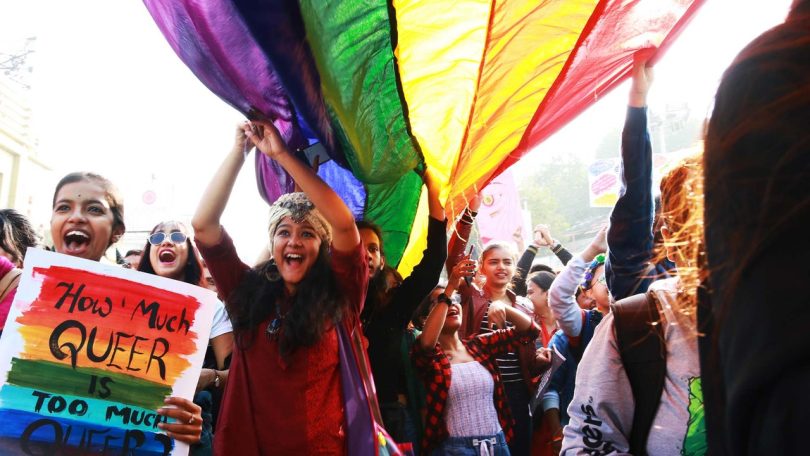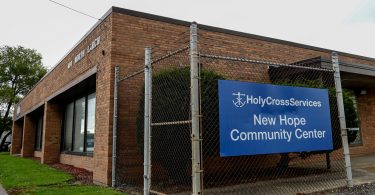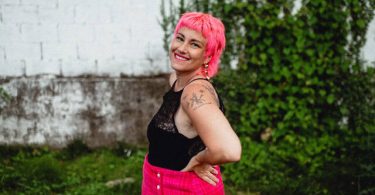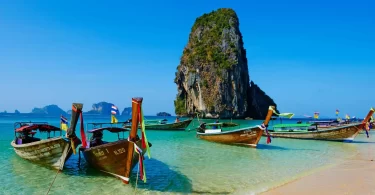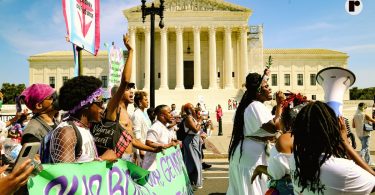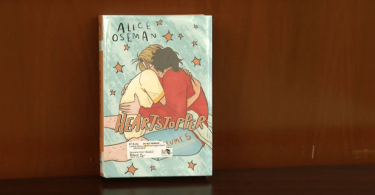It was in preparation for the San Francisco Gay and Lesbian Freedom Day Parade on 25 June 1978 that Harvey Milk, California’s first openly gay elected official, asked Baker to create a flag for the city’s parade.
Baker, who as a struggling drag artist at the time was used to sewing his own garments, readily agreed. The idea of a flag representing the community had already occurred to him two years before he was asked to create one. The inspiration, from what he told MoMA in a 2015 interview, came from America’s bicentennial celebrations in 1976. The constant display of stars and stripes led him to think of a similar rallying sign for the gay community.
Baker and his team of about 30 volunteers then worked tirelessly for days in the attic of San Francisco’s Gay Community Center, to dye and stitch together the strips of fabric that would constitute the first iteration of the current flag. It was waved for the first time at the parade.
The meaning of every colour
Every colour in the original rainbow flag represented a theme for the community. While hot pink represented sexuality, red was for life, orange for healing, yellow signified sunlight, green for nature, turquoise represented art, indigo for harmony, and violet for spirit. After Milk’s assassination and a highly publicised case, where a man took his landlords to court over his right to hang the flag in West Hollywood, the demand for the flag increased — leading to the removal of its pink and turquoise colours for production purposes.
Evolution of the rainbow flag
Over the years, Baker’s flag witnessed a number of updates—all in the quest to make it more inclusive.
The most prominent iterations include the 2017 Philly Pride flag, which featured black and brown stripes at the top to include the QTBIPOC (Queer, Trans, Black, Indigenous People of Colour) communities, which had been historically excluded from queer movements. A year later, the rainbow emblem was updated by nonbinary artist Daniel Quasar so it would feature the white, pale pink, and blue stripes of the trans pride flag.
In 2020, The Queer People of Color flag came into prominence, with the banner highlighting queer and racial equity by incorporating the Black Lives Matter motif. In 2021, the Intersex-Inclusive Pride flag, which added a purple circle within a yellow triangle to symbolise intersex pride, came to be. With 11 different colours, it paid tribute to the original rainbow pride emblem.
The constant evolution of the rainbow flag is important. “It reflects how the queer community continues to grapple with issues of race and gender. Recent iterations of the flag centre queer BIPOC and gender nonconforming people who face discrimination in queer spaces,” Cookie Woolner, associate professor of history at the University of Memphis, said in a conversation with National Geographic.
Several groups have even incorporated the rainbow into variations of different country and state flags, such as Texas, Canada and South Africa. In June 2015, MoMA acquired two flags, which Baker had created exclusively for the collection, as a symbol and work of art.

